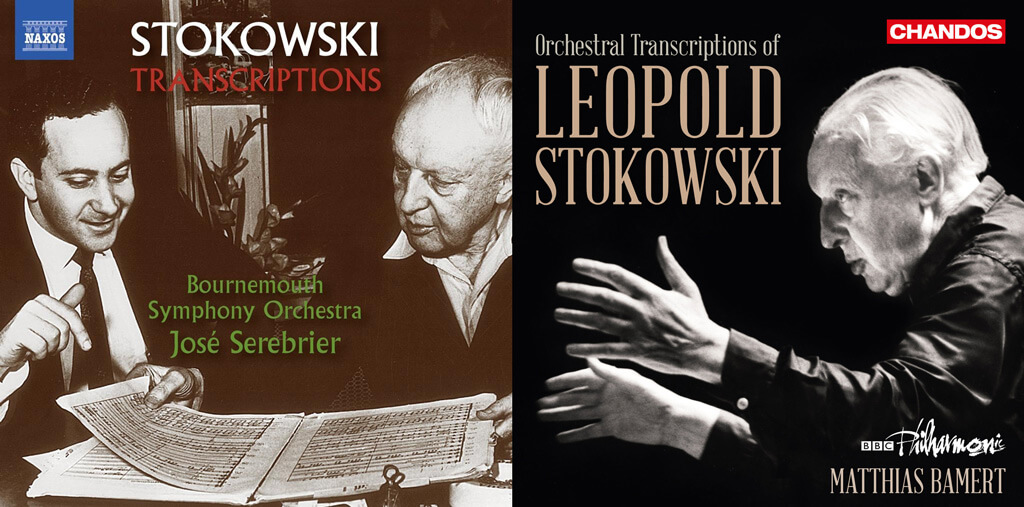


Opening in the low woodwinds and then proceeding to the strings over a pedal point, the chorale eventually rises to its arioso heights, trumpets ablaze. Stokowski elaborates (7 April 1942) on the etiology of the Lutheran chorale Ein Feste Burg, his having made three arrangements of Bach’s own treatment. The passing glissandos and luftpausen bask in their own luxury. Whatever intimacy the piece ordinarily maintains disappears in the lush treatment it receives here, a kind of extended, Wagnerian grandeur that competes with the most rapturous moments in Tristan. Stokowski introduces his opening Bach piece for the concert of 25 November 1941, the Largo from the Klavier Concerto No. The most popular recipient of Stokowski’s especial treatment of organ originals remains the Toccata and Fugue in D Minor BWV 565, here in blistering performance from 12 December 1943.
#Stokowski transcriptions recordings free
Bach derived from his experience at the organ, and so his desire to imitate that instrument’s sonic diapason in orchestral terms, aided in his cause by his insistence on free bowing from his violins so as to create an unbroken, pulse-free body of string sound. Besides its lush, romantic, arching theme, the ripe tissue has Stokowski’s penchant for orchestral slides and rubato. When Leopold Stokowski made his debut concert with the NBC Symphony Orchestra on 4 November 1941, he included, as his opening gambit, his transcription of the E-flat Minor Prelude from WTC I, a work which Stokowski declares, redundantly, “an inspired inspiration,” ineffable in words. Stokowski): Organ Transcriptions with the NBC Symphony Orchestra, 1941-1944 – NBC Symphony Orchestra/ Collegiate Chorale/ Leopold Stokowski – Pristine Audio PASC 629, 77:11 (complete content list below) [****:


 0 kommentar(er)
0 kommentar(er)
